
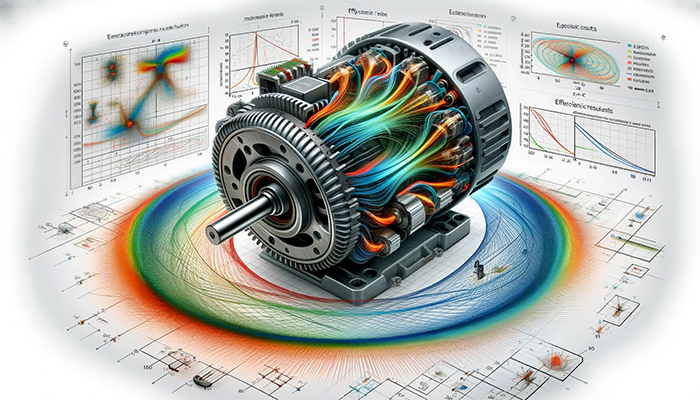
EMS serves as versatile motor design software, addressing various parameters such as torque, speed, power output, efficiency, current draw, voltage, starting torque, inrush current, power factor, temperature rise, and noise.

EMS is pivotal in optimizing power electronics design, including electromagnetic and thermal analysis for devices such as inverters, converters, power supplies, and transformers, ensuring efficient and reliable performance in various electrical and electronic applications.
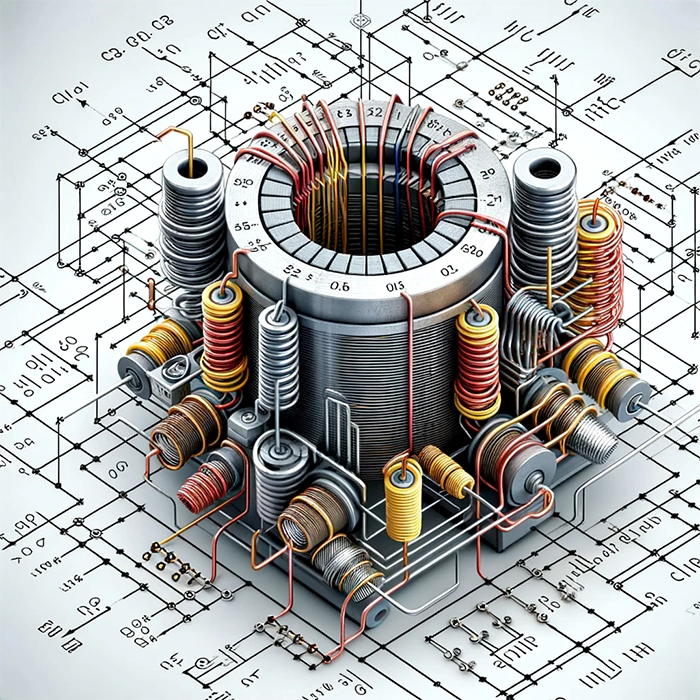
Calculate parasitic resistance, inductance, and capacitance in 3D electric and electronic structures, essential for modeling high-speed electronics, power converters, touchscreen design, NDT simulation, and more.
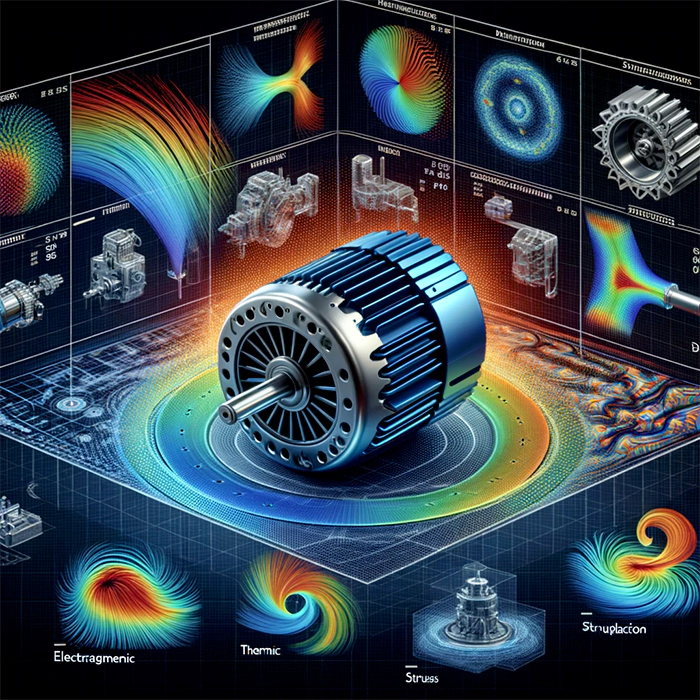
Seamlessly couple magnetic and electrical designs with circuit, motion, thermal, and structural analyses in a single integrated environment.
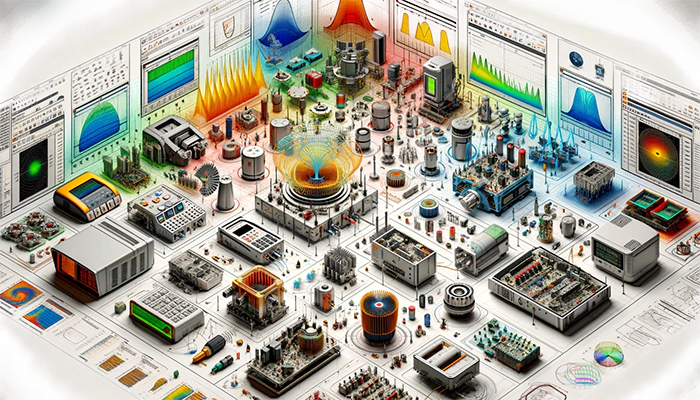
EMS provides precise 3D simulations to ensure accurate design optimization.

EMS enables numerous What if? analyses to obtain the best design for your application.
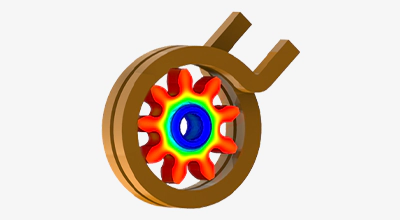

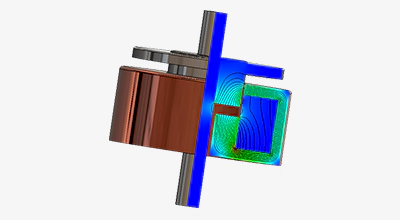
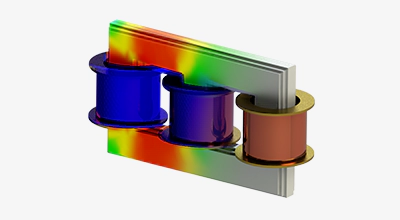
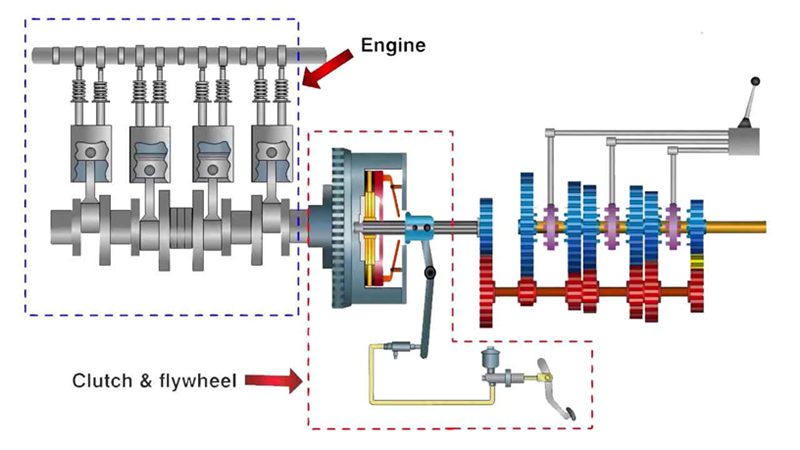
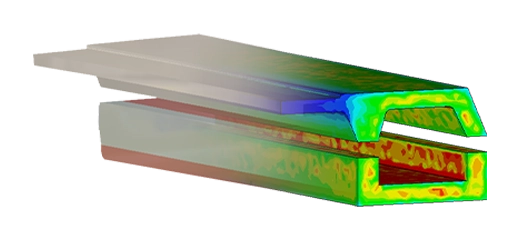
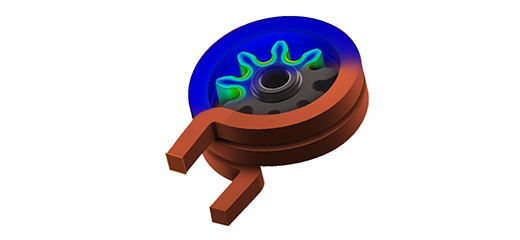
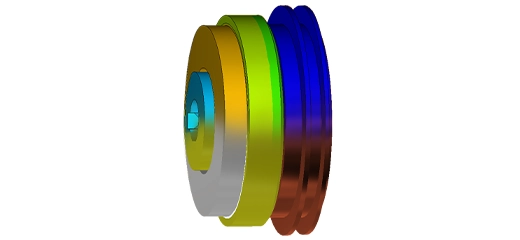
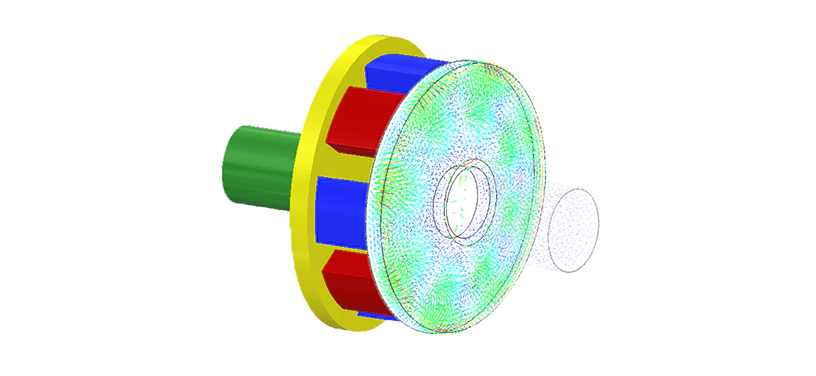
EMS allowed us to closely simulate induction heating phenomena in manufacturing, helping forecast benefits and limitations of prototype designs. The EMWorks team's support was exceptional throughout the process.
EMS allowed us to closely simulate induction heating phenomena in manufacturing, helping forecast benefits and limitations of prototype designs. The EMWorks team's support was exceptional throughout the process.
Giorgio Giovanni Battista Zaffaroni
EMWorks played a pivotal role in facilitating our research and development efforts, and we extend our gratitude to the team for providing us with a tool that greatly contributed to our project's accomplishments. We look forward to the opportunity to explore its capabilities further in future endeavors.
EMWorks played a pivotal role in facilitating our research and development efforts, and we extend our gratitude to the team for providing us with a tool that greatly contributed to our project's accomplishments. We look forward to the opportunity to explore its capabilities further in future endeavors.
Truls Nilsson
EMS helped us design our Lorentz force electromagnet to determine the strength of the system. We augmented our power input and placed our permanent magnets to optimize force output. EMS was easy to update through our many iterations of SOLIDWORKS models. We produced nearly a dozen different CAD configurations and tested several of them, leveraging theoretical EMS models and practical setups with 3D printed parts.
EMS helped us design our Lorentz force electromagnet to determine the strength of the system. We augmented our power input and placed our permanent magnets to optimize force output. EMS was easy to update through our many iterations of SOLIDWORKS models. We produced nearly a dozen different CAD configurations and tested several of them, leveraging theoretical EMS models and practical setups with 3D printed parts.
Team 3 - Virginia Tech